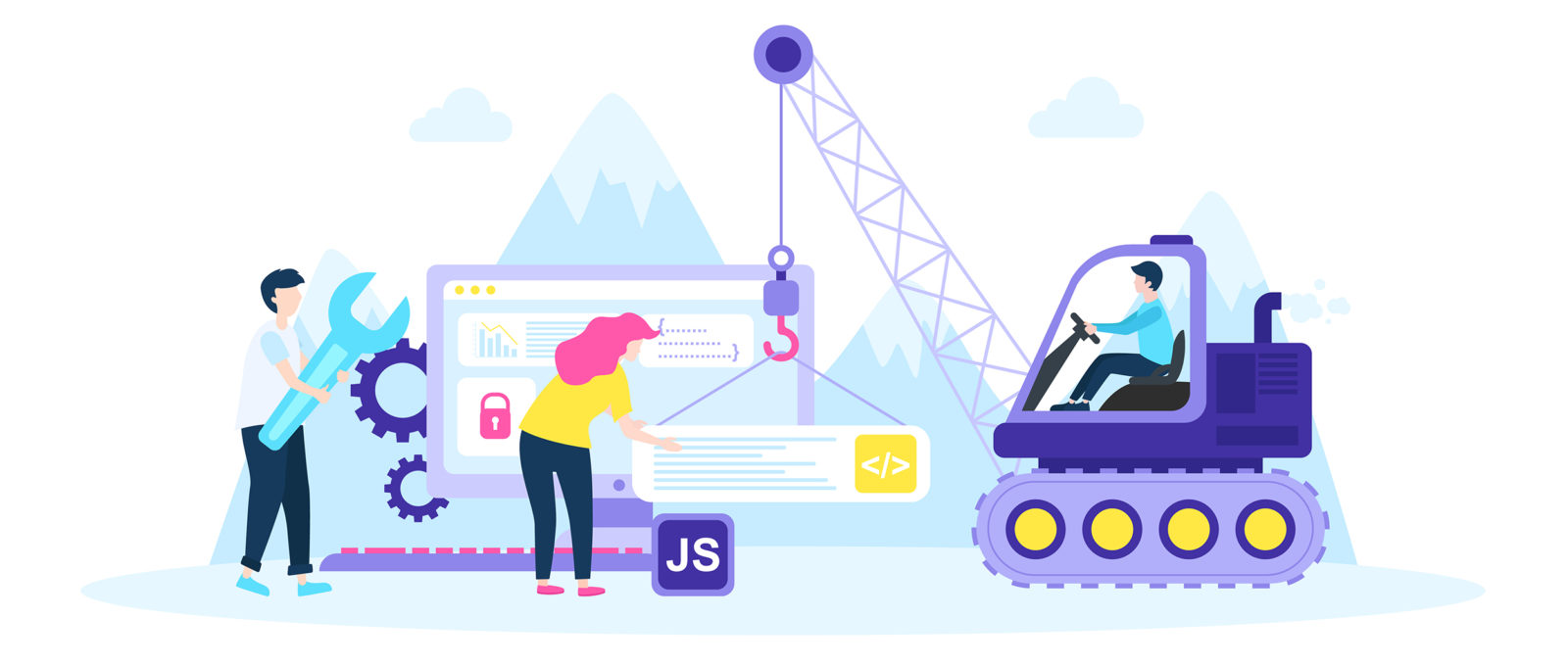Prepare To Trip Through Time And Uncover Just How Web Sites Have Actually Become More Innovative, Easy To Use, And Aesthetically Magnificent
Prepare To Trip Through Time And Uncover Just How Web Sites Have Actually Become More Innovative, Easy To Use, And Aesthetically Magnificent
Blog Article
Content Created By-Pappas Lunde
In the past, internet sites were straightforward and concentrated on information. Navigation was straight, and style was for desktops. Now, individual experience is key. Data guides layouts for simple navigation. Responsive formats match various tools. Today, dark setting minimizes pressure, and minimal menus boost navigating. Interactive functions engage customers, and strong visuals stand out. AI combination enhances engagement. See just how style has actually progressed to improve your on-line journey.
Very Early Days of Website Design
In the early days of web design, simpleness reigned supreme. Websites were basic, with minimal colors, typefaces, and designs. The focus got on providing information rather than showy visuals. Individuals accessed the web with sluggish dial-up connections, so rate and performance were key.
Navigation food selections were straightforward, generally situated at the top or side of the page. visit this website were made for computer, as mobile browsing wasn't yet widespread. Recommended Internet page was king, and designers focused on very easy readability over complex layout aspects.
HTML was the primary coding language made use of, and developers had to work within its restrictions. Animations and interactive features were minimal compared to today's criteria. Web sites were fixed, with little vibrant content or customized user experiences.
Rise of User-Focused Style
With the evolution of internet site layout, a shift in the direction of user-focused style concepts has actually ended up being increasingly popular. Today, producing websites that prioritize user experience is critical for involving site visitors and achieving business objectives. User-focused style entails comprehending the needs, preferences, and habits of your target market to tailor the web site's layout, content, and features accordingly.
Developers now perform thorough study, such as user studies and functionality testing, to gather insights and comments directly from individuals. This data-driven strategy helps in producing user-friendly navigating, clear calls-to-action, and aesthetically attractive interfaces that reverberate with site visitors. By positioning the user at the center of the design process, sites can supply an extra customized and delightful experience.
Responsive style has also emerged as a vital element of user-focused design, ensuring that web sites are optimized for different tools and screen dimensions. This flexibility boosts availability and use, catering to the diverse means users engage with sites today. Essentially, the surge of user-focused design signifies a shift towards developing digital experiences that prioritize the needs and expectations of the end user.
Modern Trends in Web Design
Discover the most up to date fads forming website design today. One prominent fad is dark mode style, providing a streamlined and modern-day appearance while reducing eye strain in low-light settings. Another crucial trend is minimalist navigation, streamlining food selections and boosting user experience by focusing on essential elements. Including micro-interactions, such as computer animated switches or scrolling effects, can produce an extra engaging and interactive website. Receptive style stays important, guaranteeing smooth customer experiences across different devices. Furthermore, utilizing strong typography and asymmetrical layouts can include aesthetic rate of interest and draw attention to certain web content.
Incorporating AI innovation, like chatbots for customer assistance or tailored suggestions, enhances user interaction and improves processes. Ease of access has likewise end up being a significant fad, with designers prioritizing inclusive design practices to deal with diverse customer requirements. Welcoming sustainability by enhancing web site performance for rate and effectiveness is an additional arising pattern in web design. Collaborating with customer comments and information analytics to iterate and boost layout continuously is vital for remaining pertinent in the ever-evolving digital landscape. By accepting these modern-day trends, you can develop a visually enticing, straightforward website that resonates with your target market.
Final thought
As you review the development of web site layout from the early days to now, you can see how user-focused style has ended up being the driving force behind modern patterns.
Welcome the journey of adjustment and adaptation in web design, constantly maintaining the customer experience at the center.
Tippingpointdigital
Stay present with the most up to date fads and modern technologies, and never ever quit developing your strategy to develop visually stunning and user-friendly web sites.
Develop, adjust, and develop - the future of website design is in your hands.
